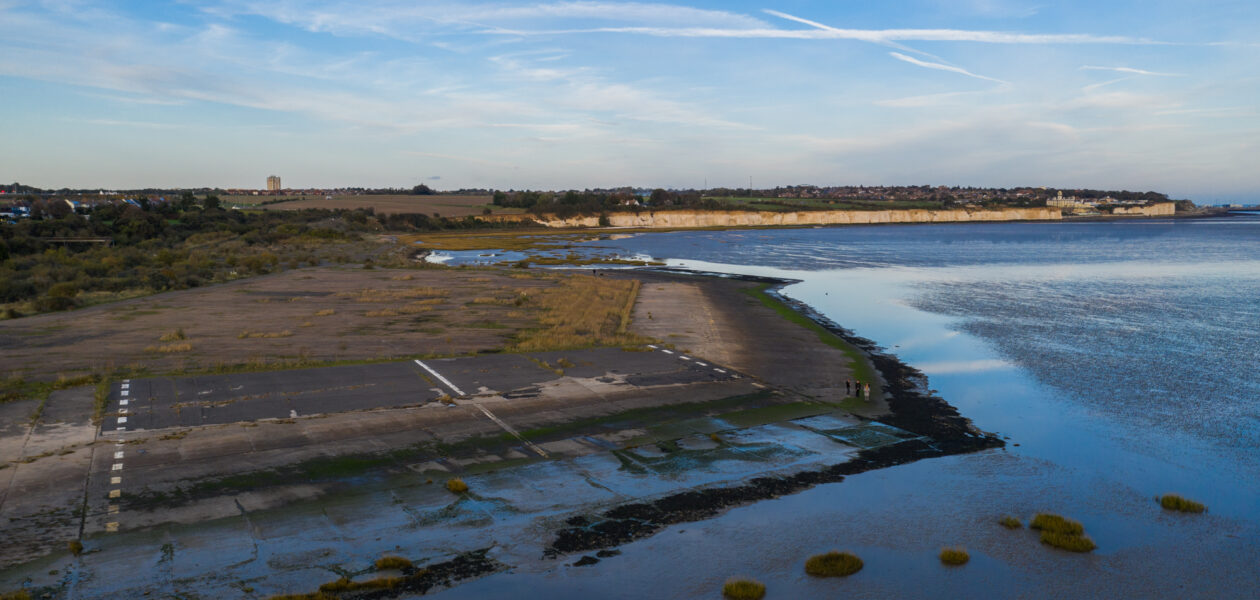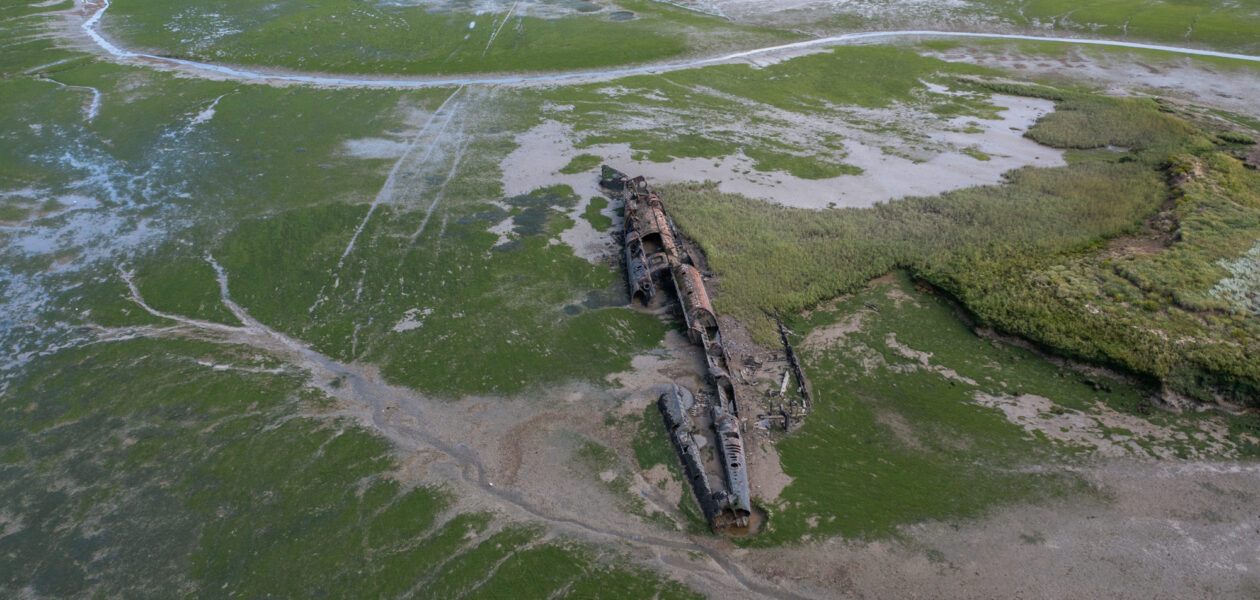North Woolwich Station
North Woolwich Station opened back in 1846, making it one of London’s oldest surviving stations. The Grade II listed building in East London was using steam trains when it opened and only moved over to diesel locomotives in 1963. It was originally built to serve Woolwich, on the south side of the river, as the…
View More









